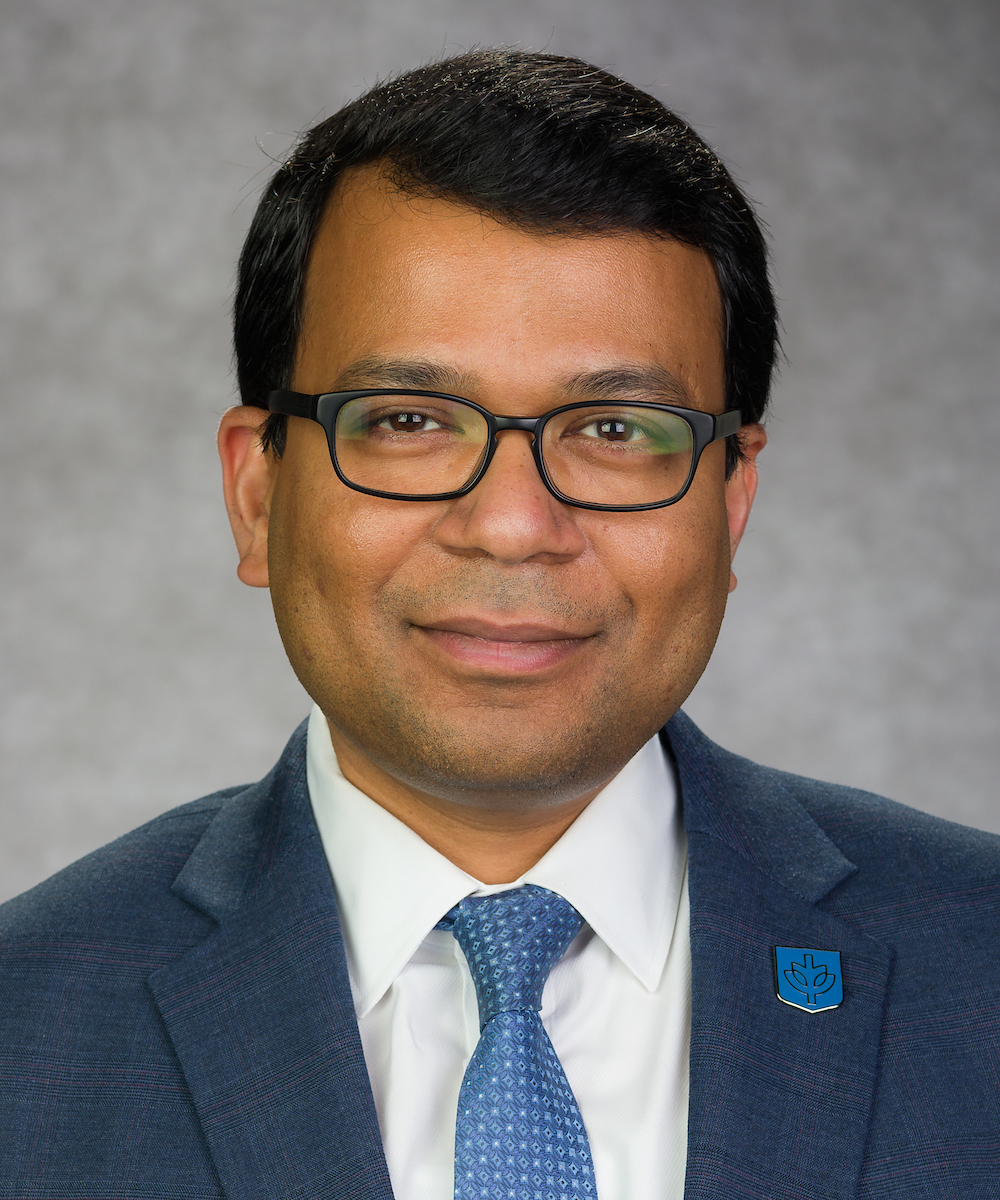 (DePaul University/Jeff Carrion)As DePaul completes its fall 2020 census, Newsline sat down with Soumitra Ghosh, vice president for Enrollment Management, to discuss higher education enrollment and challenges nationwide. In this Q&A, Ghosh shares how the university is strengthening its recruitment and retention initiatives – and how faculty and staff can help.
(DePaul University/Jeff Carrion)As DePaul completes its fall 2020 census, Newsline sat down with Soumitra Ghosh, vice president for Enrollment Management, to discuss higher education enrollment and challenges nationwide. In this Q&A, Ghosh shares how the university is strengthening its recruitment and retention initiatives – and how faculty and staff can help.
 Soumitra Ghosh, vice president for Enrollment Management.
Soumitra Ghosh, vice president for Enrollment Management.
You stepped into this role at somewhat of a turning point in higher education enrollment. What brought us to this point, and what challenges do we face over the next few years?
Higher education enrollment has had somewhat of a rocky history over the past few decades. After experiencing double-digit growth from 1997 to 2007, postsecondary enrollment grew at a muted rate of about 8% in the following decade. The 8% growth rate in the past decade wasn't evenly distributed. The first three years of this decade saw a 15% growth, but in the next seven years, enrollment actually declined by 6%. While we will have many
new challenges ahead of us in the next decade, facing challenges—in and of itself—is not new to higher education.
Consider this: during the last decade of muted or mixed postsecondary enrollment growth, 127 out of 180 or so private, non-profit, doctoral universities grew their enrollment at an average rate of 27%. The remaining 53 universities did not grow. In fact, they
lost enrollment at an average rate of 14.5% during the same period.
When 2020 arrived with all of its trauma, higher education as a sector had been experiencing a bifurcated market reality for a decade. On one end of the market are the institutions that pushed their way to and through growth, and therefore, today, enjoy greater market share. On the other end are institutions that were unable to grow, and lost existing market share. Their loss in market share fueled the gains for the growing institutions.
The public health catastrophe, and the resulting deep economic recession that 2020 brought will increase the rate of this bifurcated market reality in higher education.
So ahead of us is a choice. I believe we can choose to grow.
Have there been any key shifts in Enrollment Management's priorities in response to these challenges?
While there are many changes in EM's strategies and tactics, I want to call attention to three primary ones. First: we are changing from a generalized growth imperative to a
strategic growth imperative. This means paying attention to not just the volume of enrollment, but also the source, sustainability and quality of such growth. Second: we are changing from enrollment growth that is agnostic to the specificity of academic programs to growth that leverages specific market potential of academic programs at all levels of enrollment. Third: we are changing from focusing on making
just information available to students and prospective students, to presenting personalized information in order to build lifelong relationships.
What are some of the strategies we're implementing to strengthen our recruitment and retention efforts?
There are many, many strategies that are in various stages of implementation in EM, as well as in Academic Affairs, Student Affairs, Student Housing and so many other areas. I will call attention to one key strategy that spans multiple areas across the university: systematically improving the continuation rate of undergraduate and graduate students. To clarify, while we have maintained strength in first- to second-year retention of freshman students, we need to become better at ensuring students continue their enrollment at a higher rate
past their sophomore year.
Keeping in mind that we won't have census data until late October, is there anything you can share at this time about DePaul's fall quarter enrollment?
Full census data are forthcoming. The indicators point to a total fall 2020 enrollment headcount of approximately 21,922, which is 142 fewer than fall 2019.
How can members of the DePaul community help?
Consider that enrollment success is collective, community work. Every member of the DePaul community can help in their unique way. The most important way to do so is by showing every student we encounter that we genuinely care about them. Emphasize that they can depend on us to meet their needs.